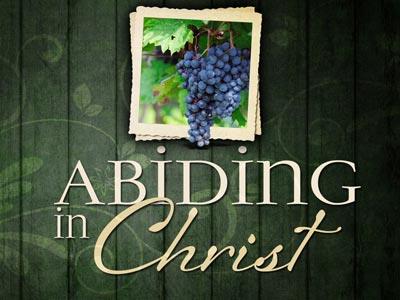-
The Liturgy And Our Learning Obedience Through Suffering Series
Contributed by W Pat Cunningham on Nov 28, 2017 (message contributor)
Summary: Just as Jesus learned obedience through suffering, so St. Agnes and all the saints; we celebrate this in every Mass.
Monday of 2nd Week in Course
21 Jan 2013: St. Agnes
Sacrosanctum Concilium
Jesus offered up prayers and supplications during his mortal life, with loud cries and tears, to the one who could save Him from death–His eternal Father, and He was heard. And He learned obedience through suffering. This, of course, is a description of the Agony in the Garden, His last act before He allowed the Temple police to arrest Him and lead Him off for trial. Ultimately, His loud prayers and supplications were, because of His obedience, offered up for us. He knew that, as the Bridegroom of the New Israel, the Church, He had to offer Himself up in an act of bloody sacrifice so as to win the grace that would purify the Church. His baptism in blood was necessary in order to make efficacious sacramental baptism and all the other sacraments.
Scott Hahn wrote a very fine explanation of the contrast between the actions of the Old Adam, the one who got us into the business of rebellion and death, and the New Adam, Jesus Christ. In summary, the Old Adam was tasked to love and protect Eve, his spouse. When the serpent attacked her–tempting her to sin–it was his divine mission to protect her from that evil, even to the point of laying down his life for her. But if you read Genesis 3 carefully, you see that in the crisis moment, Adam was nowhere in sight. Eve had to face the danger alone, and she not only succumbed, she also got him involved in the rebellion.
The New Adam, Jesus Christ, seeing His duty to protect and cleanse the Bride, the Church, manfully took up His mission, and carried His cross all the way to death. That is, as St. Paul says in Philippians, the reason the Father exalted Him. That is the way He “earned” His name of Lord, the divine Name. And that is why we gather here weekly–even daily–to accept His grace by giving Him right praise and sharing in the unbloody re-presentation of His sacrifice, the Mass. Here we celebrate in an earthly way the Liturgy that is going on eternally in heaven. Here the priest only has the power to celebrate because he stands in persona Christi capiti, in the person of Christ the head, Christ the High Priest.
The Council Fathers say it in a little different manner in the Constitution on the Sacred Liturgy: Rightly, then, the liturgy is considered as an exercise of the priestly office of Jesus Christ. In the liturgy the sanctification of the man is signified by signs perceptible to the senses, and is effected in a way which corresponds with each of these signs; in the liturgy the whole public worship is performed by the Mystical Body of Jesus Christ, that is, by the Head and His members.
From this it follows that every liturgical celebration, because it is an action of Christ the priest and of His Body which is the Church, is a sacred action surpassing all others; no other action of the Church can equal its efficacy by the same title and to the same degree.
In the earthly liturgy we take part in a foretaste of that heavenly liturgy which is celebrated in the holy city of Jerusalem toward which we journey as pilgrims, where Christ is sitting at the right hand of God, a minister of the holies and of the true tabernacle [22]; we sing a hymn to the Lord's glory with all the warriors of the heavenly army; venerating the memory of the saints, we hope for some part and fellowship with them; we eagerly await the Saviour, Our Lord Jesus Christ, until He, our life, shall appear and we too will appear with Him in glory. (Sacrosanctum Concilium, art. 7-8)
There is something else very important to carry away from this Mass today. The only way to follow Christ, to become Christ for this day, for our people, is to learn obedience through suffering. Now the Father is not like some sadistic manipulator, making us suffer for its own sake. He allows the travails of our life because our original-sin hobbled nature keeps us from accepting His grace, prevents us from taking on the divine image and nature realized most perfectly in Jesus. The saints point the way: Saint Agnes was particularly revered for her willingness to accept martyrdom rather than renounce her faith or consecrated virginity. She embraced her suffering as the consummation of her union with the Bridegroom, Christ. We honor her today in Rome with an act of devotion and humor. The Holy See blesses two lambs, whose wool is shorn and made into the palliums given to archbishops by the Pope on June 29. I call this a sacred pun. In Latin, of course, the word for “lamb” is agnus. And the lambs are blessed on the feast of St. Agnes. But the entire celebration points to the true Agnus Dei, Jesus Christ, who learned obedience, and was made perfect, through suffering.

 Sermon Central
Sermon Central



